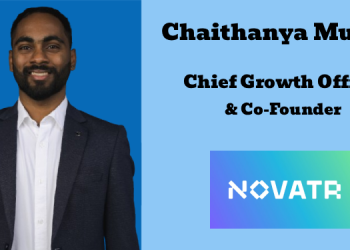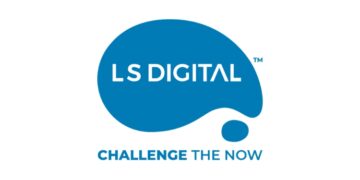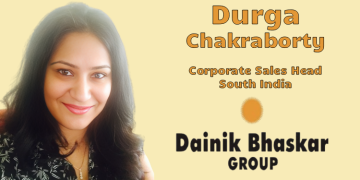This is the conclusion part of the previous from Rahul Vengalil’s article titled “The 3As of fighting ad fraud”
In my earlier post of 3As to fighting ad fraud, I wrote about the global ad:trends and how different forms of ad fraud is still the largest threat for digital. If a campaign is not optimised or monitored correctly, over 76% of the investments would be wasted, and that’s not a small number to ignore.
The 3As of fighting ad fraud is a simple method to help businesses in their fight against ad:fraud. It starts with Awareness, Assessment & ends with Action from the business. So then, what exactly are these 3As and how should businesses approach these
Awareness
Businesses need to be aware of the various challenges that exist today and the possibilities of the future. The fight against ad fraud Is a game of cat & mouse with the fraudsters always trying to get one up with the advertisers. While the one off conference that a CMO attends would be a good start, it needs to be followed through with regular updates and learnings. There needs to be periodic training program of sorts for all the key stakeholders on ad fraud. Depending on the nature of the business, it can be annual, half yearly or quarterly, with or without intervention from third party in the ad:fraud space.
Besides the training programs, it is also important that businesses keep up with the trends in the space. This is possible either by subscribing to paid reports or mandating one of the partners to send a monthly update on the topic of ad:fraud, with some key actionable intelligence, rather than just reports.
The other area of driving the awareness level within the organisation is for the business to understand the various types of frauds that are available. There are instances where businesses invest only on performance campaigns, assuming that it bypasses fraud, which isn’t the case. The fraud can happen at scheduling, view ability, ad fraud, click farming, lead gen, CPA, Installs and more.
Assessment
Parallel to driving awareness, business should start assessing the current level of fraud that is present in the system. This starts by understanding the media investments in details, across not just the buy types, but also the creative formats used as well as the key publishers that are being used for the campaigns.
This needs to be followed up with an analysis of the various tools & tolerances level that are being used by the business. In case there are no tools that are being deployed, then the analysis will move into arriving at a tangible number for the losses that the business could have incurred. On the other hand, in case the tools are being deployed, then it is important to evaluate the data to understand the current level of fraud in the system. In case there are frauds that are not tracked with the current ad:tech tools, then the additional use cases would have to be documented. The evaluation of the data will also help the business in arriving at a tangible number for the losses.
Depending on the businesses’s acceptance, an analysis of live campaign should also be done to further understand the efficacy of the current tools that are being used by the business.
The action
Once the assessment is done on the fraud level in the ecosystem, it’s time for the business to start the course correction if any. It starts with creating the guidelines, follow it up with identifying partners and then reviews.
The guidelines is the cornerstone of the fight against ad fraud. It documents processes, tolerance levels that should be acceptable across buy & creative types, the payout structure that should be followed by the business.
In the effort to identify the right partner, the business should first create the list of ad-fraud that it will be fighting against, list down the partners available, create the pros & cons list for each of the partners, and further create the cost benefit analysis document. This then becomes the ready-reckoner list for the business for the fight.
We also recommend the business to do an A/B testing for couple of vendors available, before finalising on the partner.
It is also important that business starts periodic review on the campaign. This, even though it may seem like a small action, is one of the most important part of improving efficiency. After all, Check in PDCA leads to Action.
A business can do all this with the right resources & enough time. However, it is recommended that this be done objectively, by a third party.
Rahul Vengalil is the CEO of What Clicks, the leading digital media audit firm in India. He can be reached at [email protected]

















